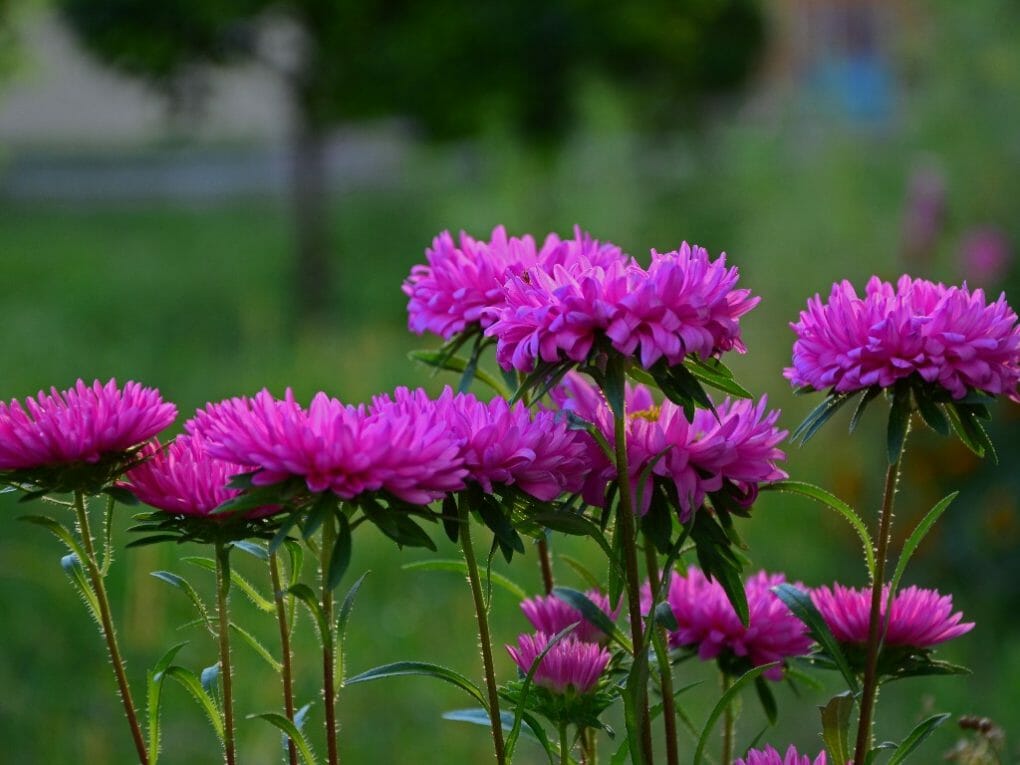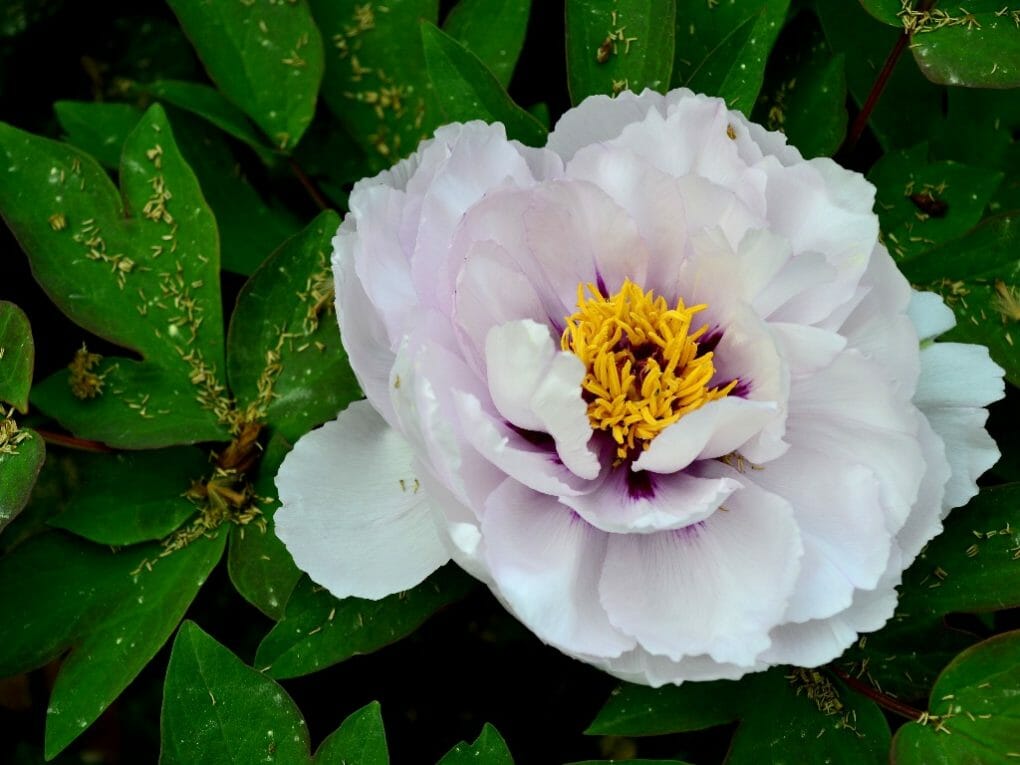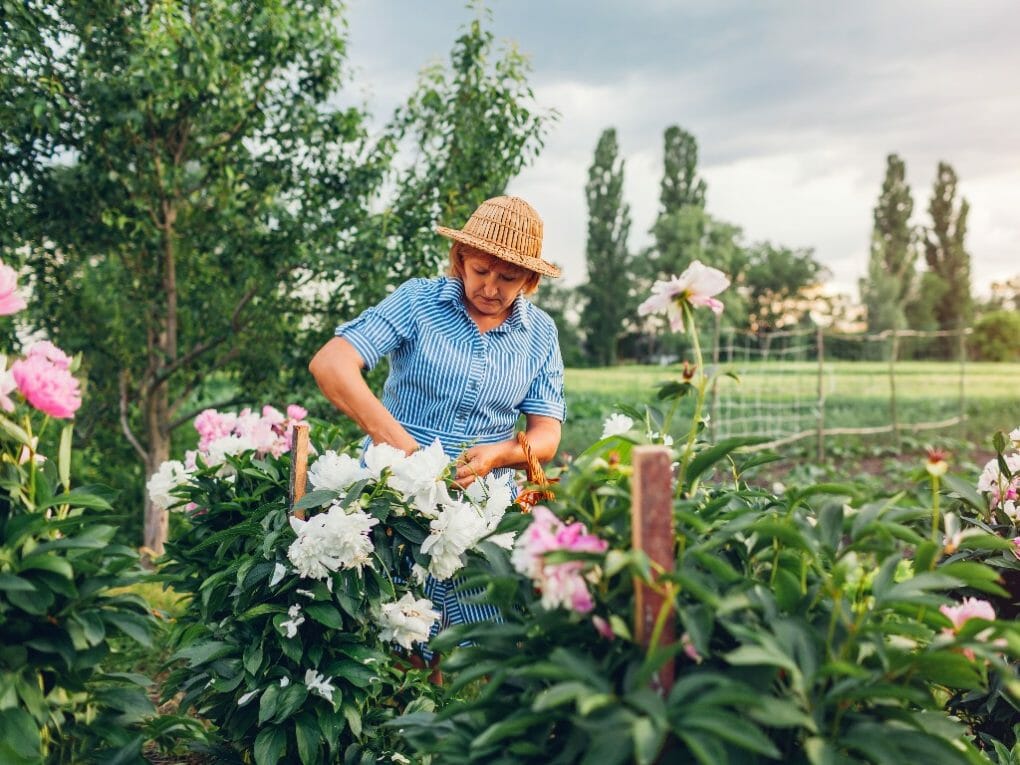Where to Plant a Peony? Plant Location and Sun Requirements for Peonies

When choosing the right location for your peony plant, consider factors such as the sun exposure your flower will need, soil type makeup, and rainfall amounts. To flourish, peonies need to be placed in a sunny location. Peonies don’t like to share space, water, or nutrients with other plants, so they should be planted where they will get plenty of light and air. While peonies aren’t picky about their environment, it’s still important to pick a good spot for them to grow in since they don’t tolerate being transplanted well. It’s best to plant them in a protected spot, away from the wind and the hail. A deep, moist, and neutral-pH soil is ideal. They need plenty of moisture and good drainage to thrive in the ground.
Planting a peony is a very popular choice for gardeners for several reasons. First, they’re beautiful flowers that can add color and excitement to any garden space. They also tend to be hardy plants that tolerate dry conditions well. Plus, peonies attract pollinators like bees and butterflies- important if you plan to cultivate fruit or vegetables in your garden.
Table of Contents
Plant Location and Sun Requirements for Peonies
Peonies can survive the winter in zones 3-8. The areas with the coldest winters are ideal for their growth and flowering. They are not recommended for growing in zones 9 and warmer because they may have trouble surviving in zone 8.
For optimal growing conditions, they require daily exposure to sunlight of at least six hours. They can thrive in partial shade, but if planted in an area that receives more shade than sunlight, they will not flower well. They may even die.
If you live in a region that experiences intense summer heat, it may be beneficial to plant your peonies near a window where they can receive some sunlight. Additionally, if your peony flowers are yellowing or turning brown due to the lack of sunlight (a common problem when growing them indoors), placing them outside for part of the day might help improve their color.
There are several species of peonies, each of which has its unique preference for either full sun or partial shade. Tree peonies must be grown in places with more shade and only three to four hours of sunlight per day. This differs from herbaceous peonies, which need a lot of light and warmth to grow well. If exposed to sunlight for six hours or more per day or longer, these strains will mature more quickly. However, the blossoms will eventually wilt and disappear altogether if this continues.
What Kind of Soil Is Ideal for Peonies To Grow In?

There is no one-size-fits-all answer to this question, as the best soil for peonies will vary depending on the climate and location where you are growing them. However, a good rule of thumb is to mix in some organic matter, such as compost or manure, when preparing your soil before planting your peonies. Additionally, make sure that the pH levels are correct (6.5-.7.0) and that the water table isn’t too high or low – both of which can damage plants deriving their sustenance from rich soils.
Remember to water regularly (at least 1 inch per week), give plenty of sunlight, and avoid windy conditions if possible – all of which will help ensure a healthy plant growth cycle for your peony bushes!
What Other Types of Plants Make Good Companions for Peonies?
While peonies are typically grown in a wide range of soils and climates, other plants can be good companions for them. Some examples include roses, hydrangeas, lilacs, ferns, and wildflowers. When planting these companion plants around your peony garden, keep the ratio of flowers to foliage at 2:1 or 3:1 so that they don’t compete with each other for sunlight and nutrients. Also, avoid using pesticides or herbicides near your peonies, as this could kill their delicate root system.
By following these simple guidelines, you’ll be able to enjoy beautiful blooms year-round while keeping your precious peony gardens healthy and happy!
Is it Possible to Grow Peonies in a Container?
Peonies are one of the few flowers that can be grown successfully in gardens and containers. Pick a container that is not too dark, is fairly large, and has some drainage holes in the base. These flowers have very large roots, and as a result, they require much deeper pots than the majority of other types of herbaceous varieties. When planting peonies in a nursery, the soil should be at least two feet deep and even deeper for larger flowers.
As was stated earlier, tree peonies can thrive for many years when planted in containers with a diameter of at least 12 inches. They are perfect for growing in containers and will bring a gorgeous splash of color to your deck or patio. Make sure to use compost derived from soil and grow it outside during the spring or fall months.
Are Peonies Suitable for Growing Indoors?

Peonies can be started from seed and grown through the winter months indoors in containers or pots if the following steps are followed:
- Allow the seeds to soak in a cup of water throughout the fall, preferably starting in October.
- At least four days should be spent with the seeds soaking at room temperature.
- Potting soil should be moist and stuffed into containers with a diameter of six inches.
- Plant the seeds by pressing them into the soil and spacing them approximately 2 inches apart within the pot.
- Wrap the pot tightly in plastic wrap, then store the seeds in a warm, dry location for the next three months.
- In January, dig a hole about 2 inches deep into the soil to check on the development of the root system.
- Place the pots in a cold storage area with temperatures just slightly above freezing (not outside).
- Move the plants into permanent pots that are 12 inches in diameter and contain moist, nutrient-rich potting soil.
- Just below the surface of the soil, plant the sprouts at a distance of two inches and one sprout per container.
- Put the seedlings in a location where they receive between 6 and 8 hours of light per day.
Are Peonies a Flower That Can Be Planted Close Together?
Contrary to widespread belief, Peonies enjoy the “chill” that comes with winter. However, they still need to be planted relatively close to one another in soil approximately 2 to 3 inches deep. It helps to “set” their flower buds, making them more resilient if you plant them relatively close to the surface.
While it is okay to plant peonies close together, it is important to avoid potential conflicts. Peony plants are susceptible to touch and often become upset if their roots are disturbed, or the surrounding soil isn’t well-mixed. As a result, you should try not to move them around too much once they’ve been planted and instead focus on watering them properly and ensuring that the soil remains moist throughout the growing season. Additionally, ensure plenty of sunlight exposure, and regular fertilization will be necessary.
